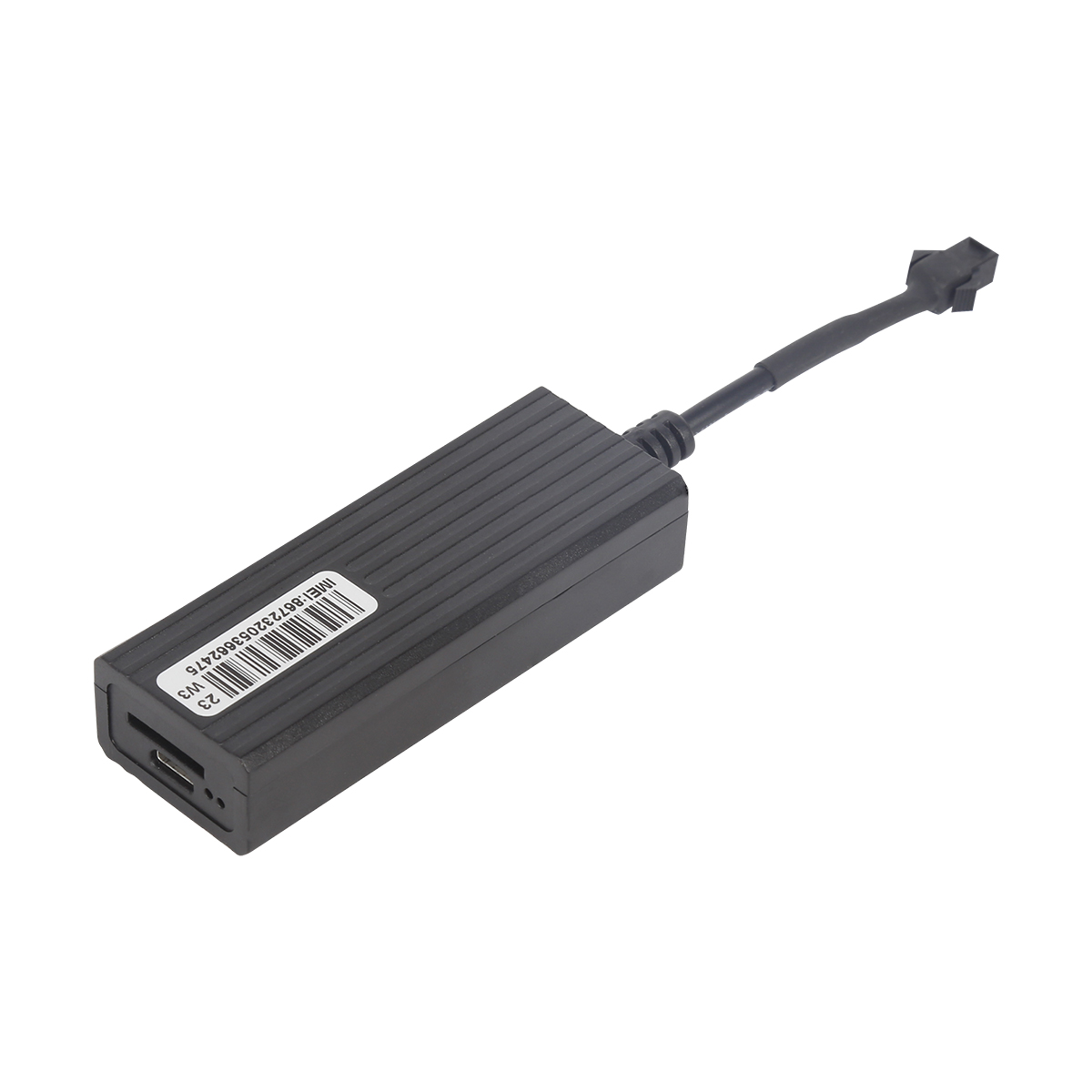source:truck tracking webfleet solutions release time:2023-09-04 Hits: Popular:realtime gps tracker online

The GPS satellite was developed by the Space Department of Rockefeller International, with a weight of 774kg and a lifespan of 7 years. The satellite adopts a honeycomb structure, with a cylindrical main body and a diameter of 1.5m. The satellite is equipped with two dual leaf solar panels (BLOCK I) on both sides, with a total length of 5.33 meters and a sunlight receiving area of 7.2m2. The solar orientation system controls the rotation of the two wing battery panels to keep the panels aligned with the sun, continuously providing power to the satellite, and charging three sets of 15Ah cadmium nickel batteries to ensure that the satellite can operate normally in the shadow of the Earth. A multi beam directional antenna with 12 units is installed at the bottom of the star, which can transmit signals in two L-bands (19cm and 24cm waves) with an angle of approximately 30 degrees. Omnidirectional telemetry and remote control antennas are installed on both ends of the star for communication with the ground monitoring network. In addition, the satellite is equipped with an attitude control system and an orbit control system to maintain the satellite at an appropriate altitude and angle, accurately aligning with the visible ground of the satellite.
According to the working principle of the GPS system, the higher the accuracy of the onboard clock, the higher its positioning accuracy. Early experimental satellites used a quartz oscillator developed by Hopkins University, with a relative frequency stability of 10? 11/second. The error is 14 meters. After 1974, GPS satellites adopted rubidium atomic clocks with a relative frequency stability of 10? 12/s, error of 8m. In 1977, the BOKCK II model adopted a cesium atomic clock developed by Mars Frequency and Time Systems, and its relatively stable frequency reached 10? 13/second, the error is reduced to 2.9m. In 1981, Hughes developed a relatively stable frequency of 10? The 14/second hydrogen atomic clock results in an error of only 1m for the BLOCK IIR satellite.
Read recommendations:
Last article:Principles of GPS System.Cantrack TK100
Next article:GPS reset did not have a substantial impact on car GPS locators
Related Information
portable gps tracker Vendor
2023-04-23real-time gps tracking sales
2023-04-23trailer gps tracker Factory
2023-04-23fleet gps trackers
2023-04-23rastreador tracker
2023-03-164G GPS Tracker sales
2023-04-23apple airtags
2023-03-16gps tracker for kids
2023-03-16Gps speed limiter Factory
2023-04-23gps vehicle tracker wholesale
2023-04-23TK08A Motorcycle GPS Tracker
2022-06-20GF30 Magnet GPS tracker with Voice listen
2022-06-21GF20-Mini Magnet GPS Tracker
2022-06-21G03
2022-06-21G900LS 8 Lines-4G Car GPS Tracker
2025-03-31GPS vehicle tracking and dispatching function
2022-12-01How to ensure the personal safety of the elderly
2023-02-22WIFI GPS
2022-10-25Advantages of Bluetooth GPS receiver.fleet tracking webfleet solutions
2022-11-16What is GPS dual -frequency positioning?plug & play Obd gps tracker wholesale
2023-03-11There are many types of GPS satellite receivers.GPS Tracker for vehicles manufacture
2023-08-26mini gps tracker.Purchasing a used car requires testing and removing the GPS tracking device
2023-11-09What should I pay attention to when purchasing GPS products?
2022-11-24The Development of GPS.realtime gps tracker online supplier
2023-08-26GPS data
2022-10-22The characteristics and composition of the car GPS positioner.mileage tracking webfleet solutions
2023-03-08GPS automatic navigation.obd2 gps tracker verizon distributors
2023-05-17What positioning is the GPS positioner?
2023-02-17What are the precautions for installing the car GPS positioner
2023-02-25Do you know the working principle of the pet GPS positioner?realtime gps tracker online wholesaler
2023-03-10